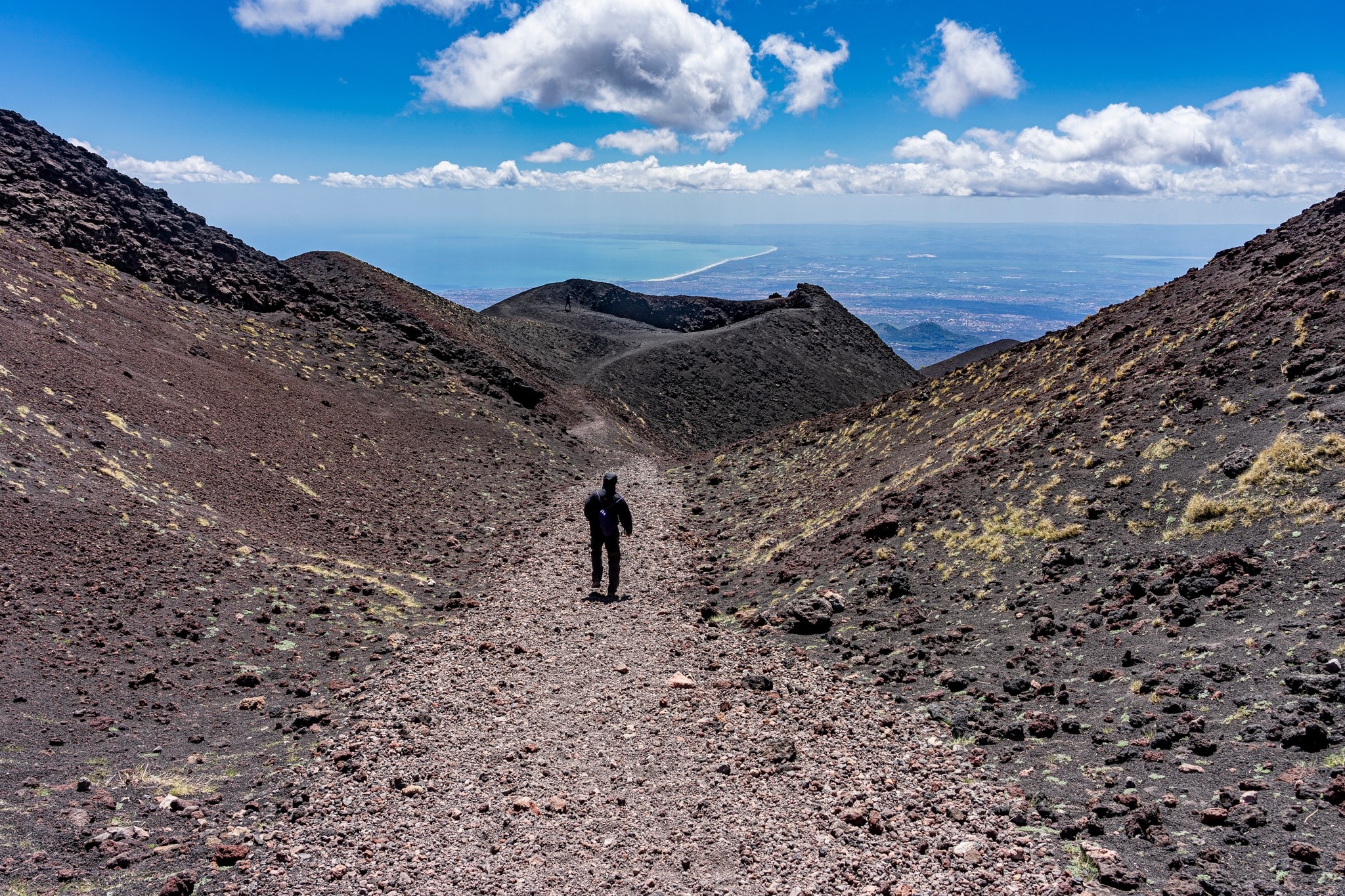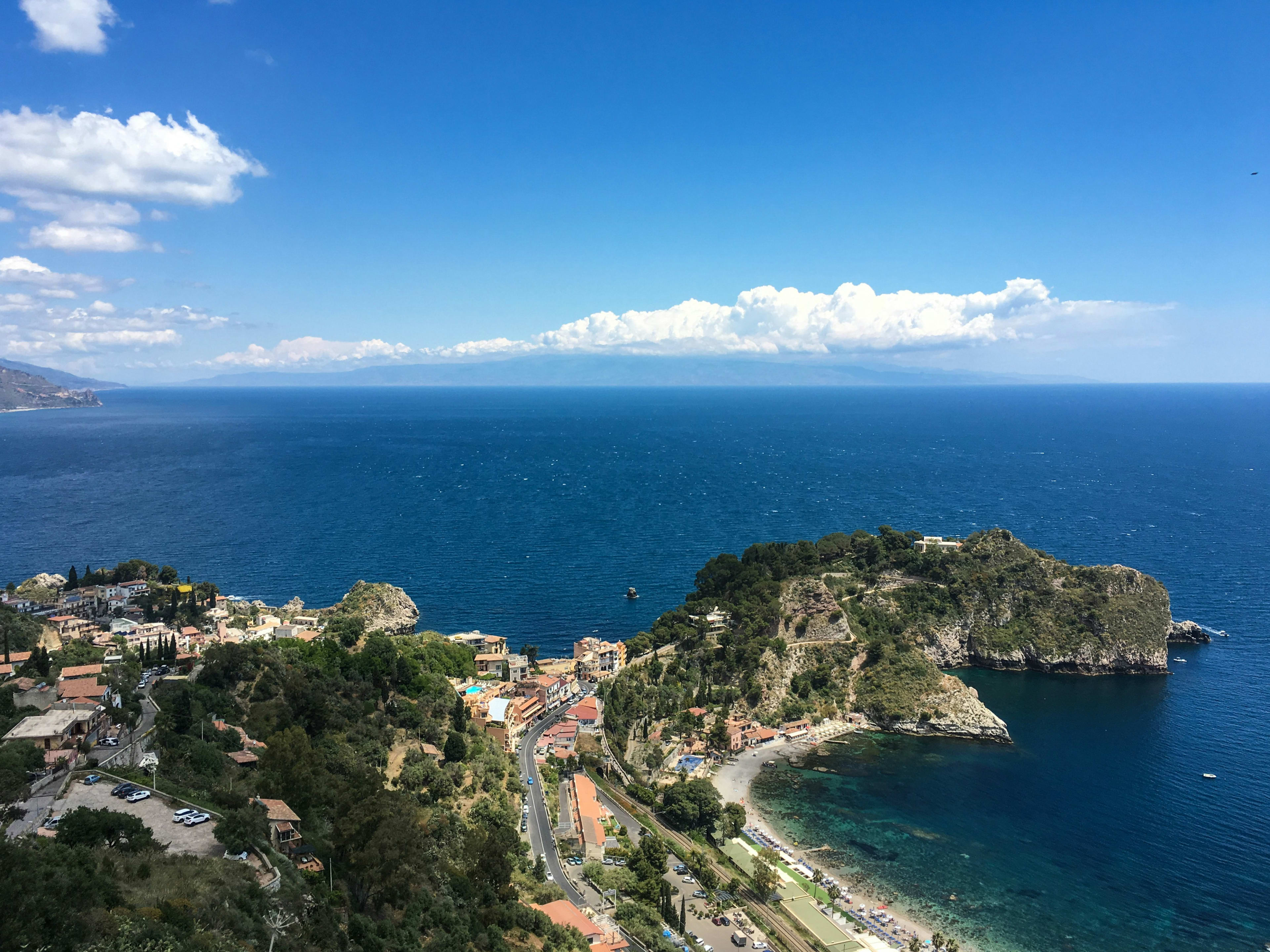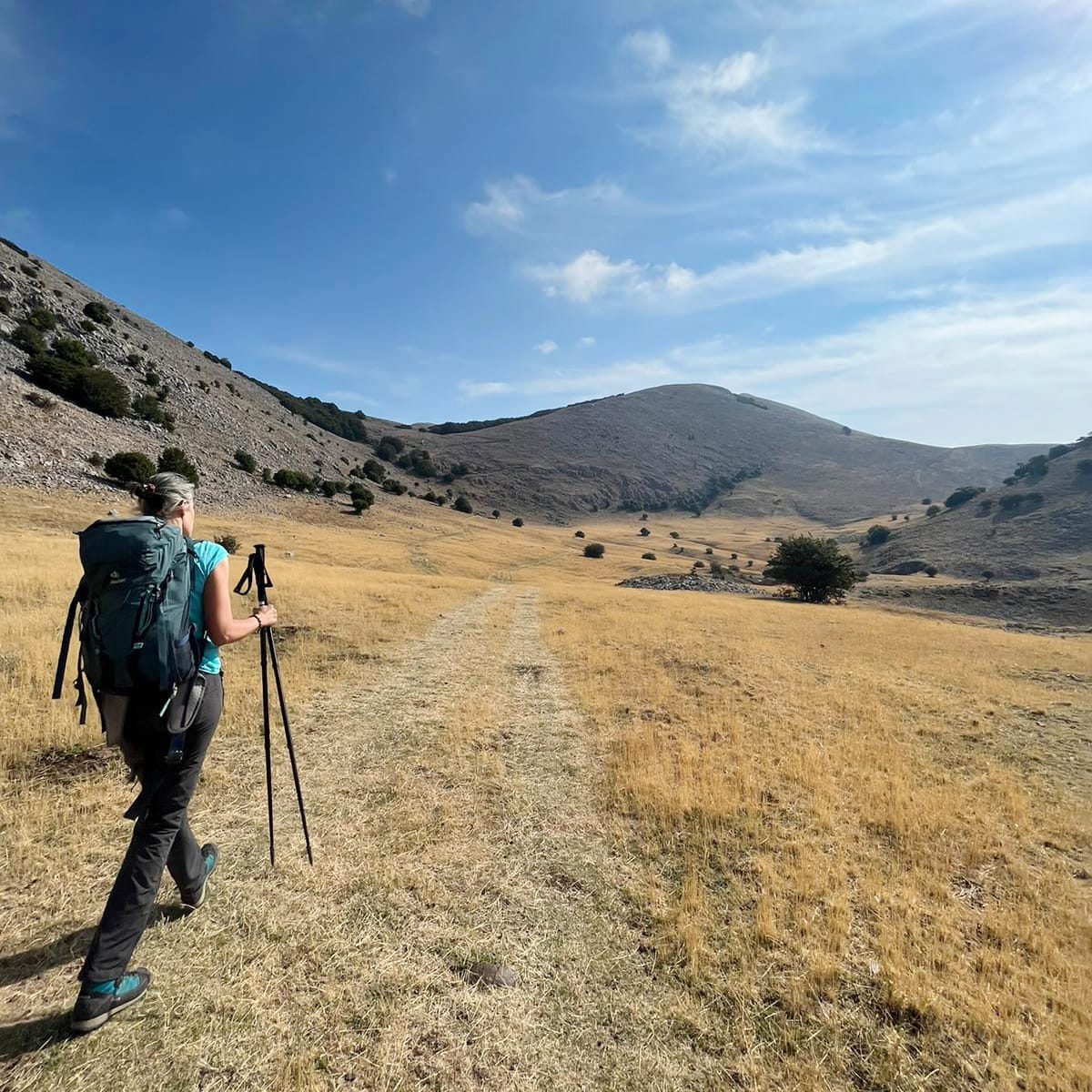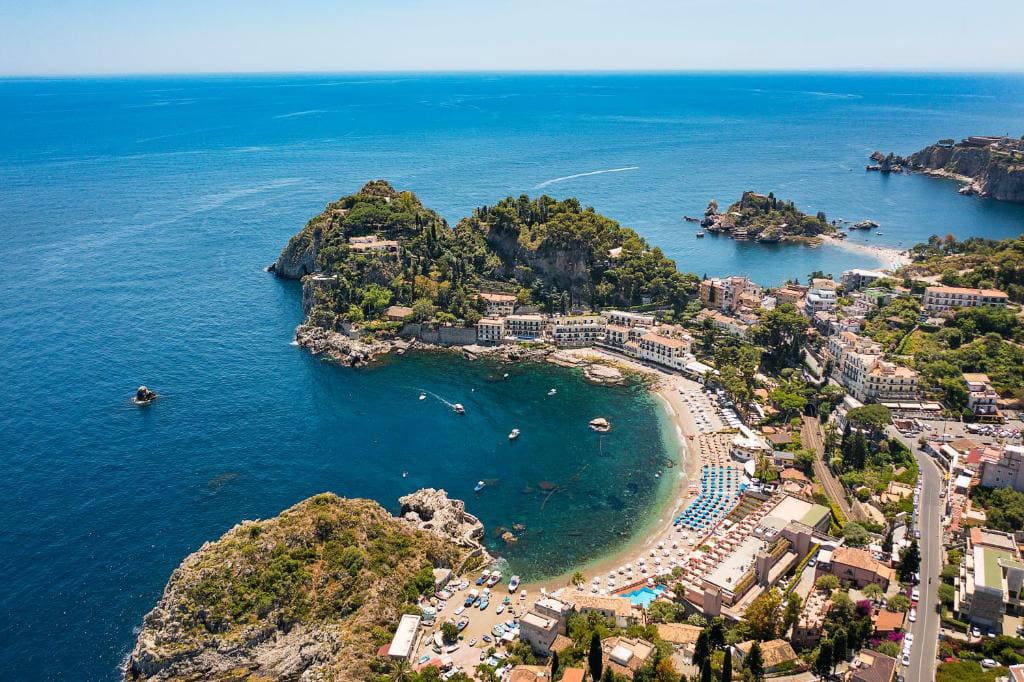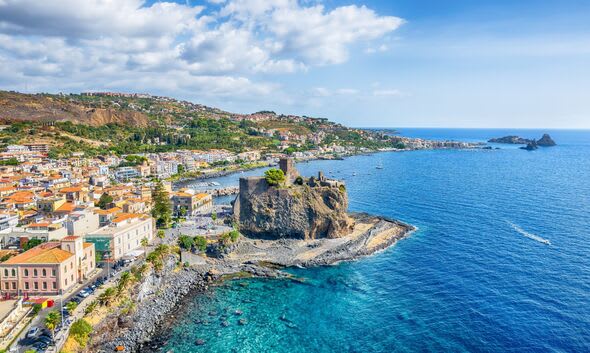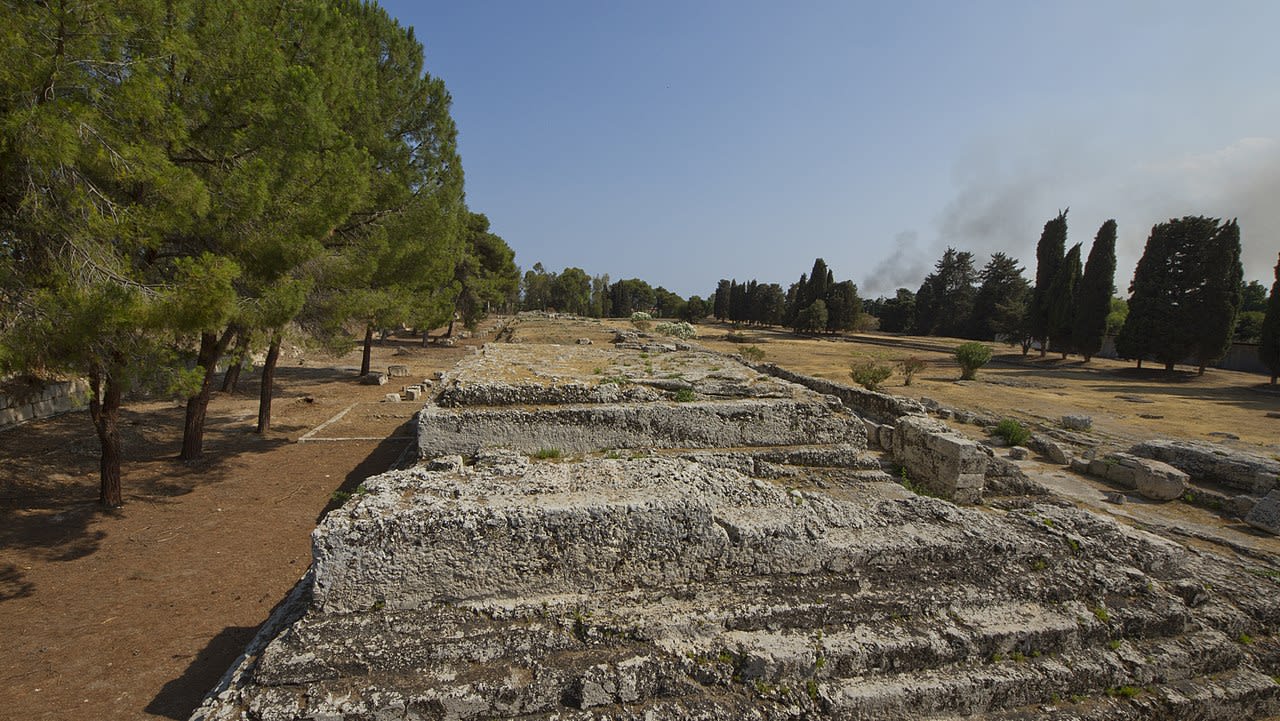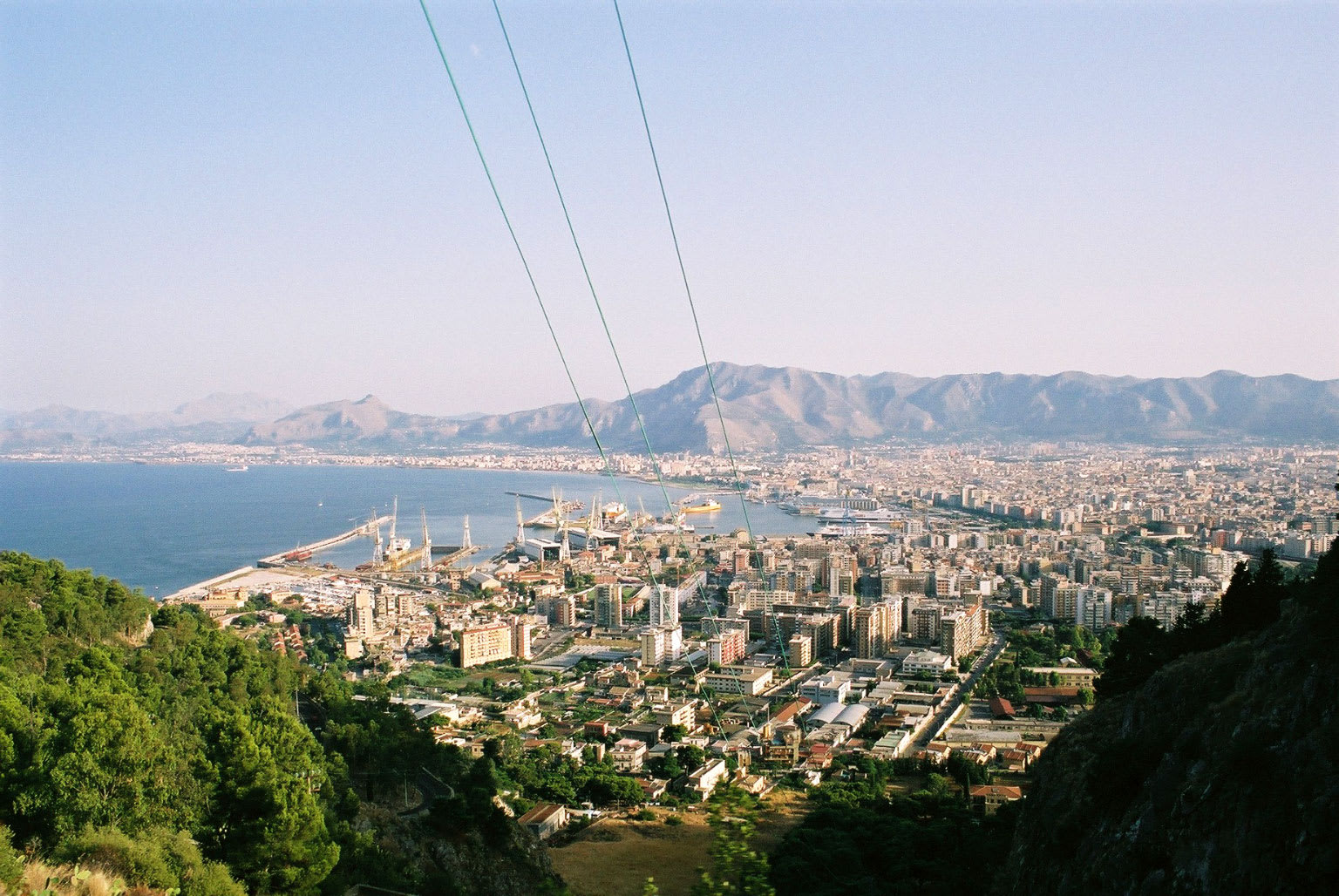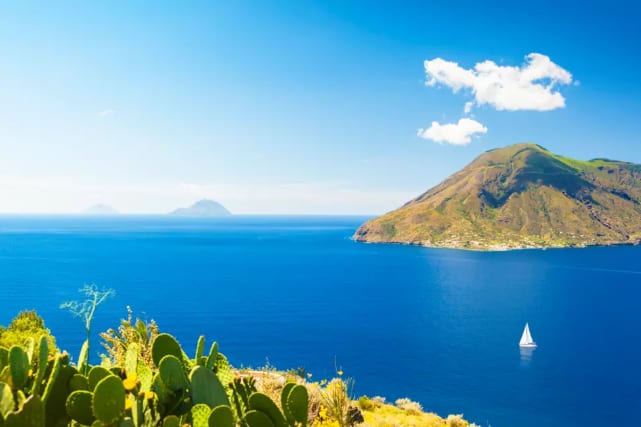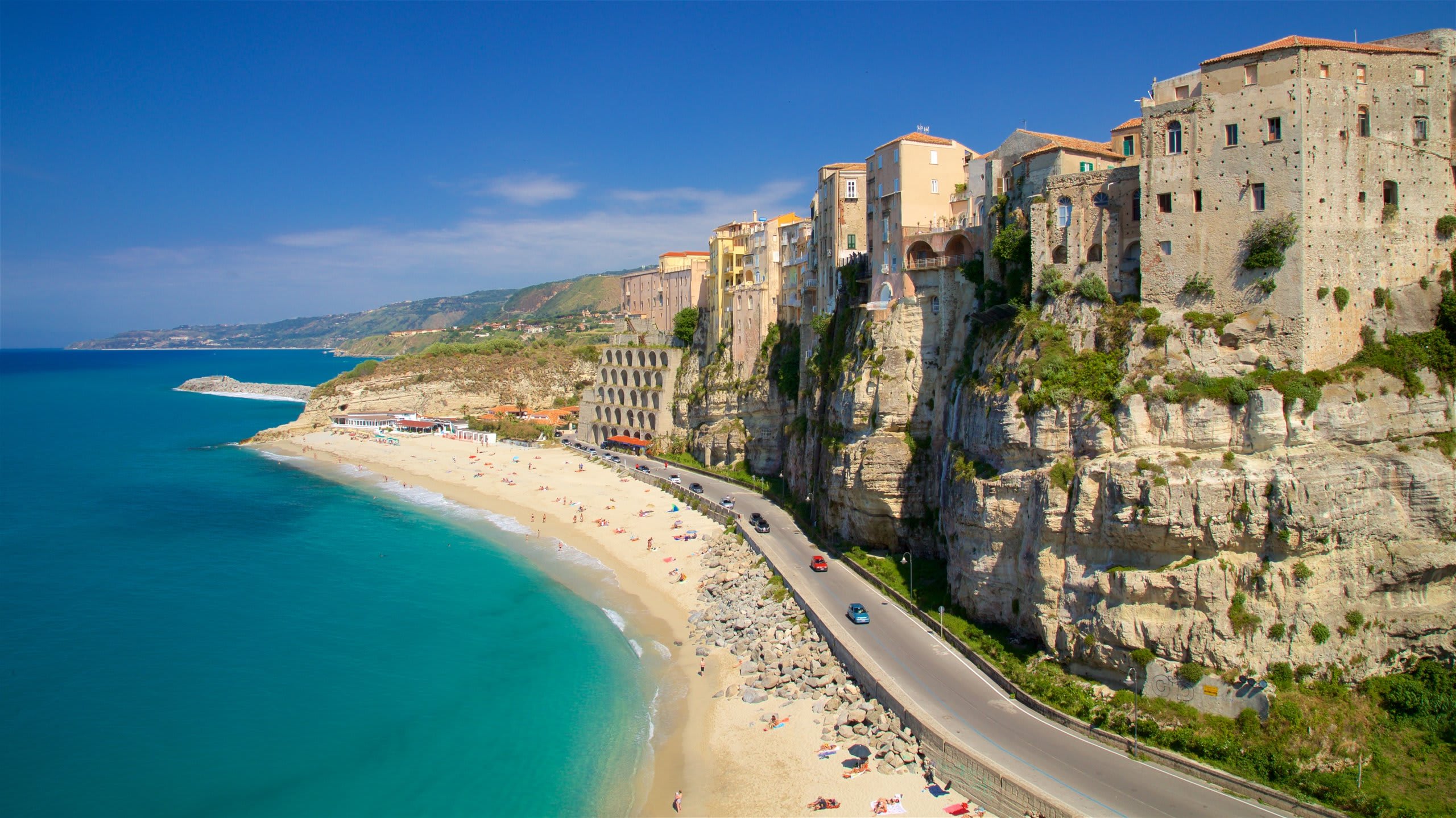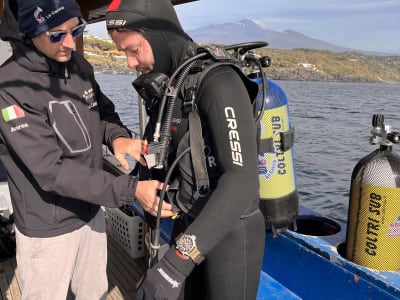
The best outdoor activities in Mount Etna
67 activities match your criteria

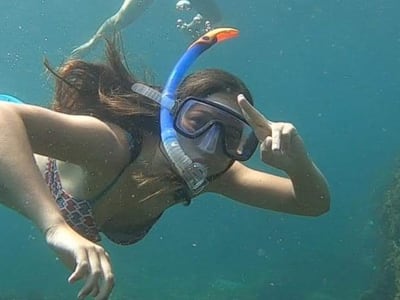
Snorkelling Tour at Cyclopean Isles in Aci Castello near Catania, Sicily
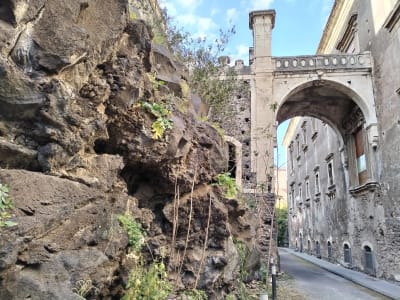
Guided tour of Catania about the volcanic history of Mount Etna
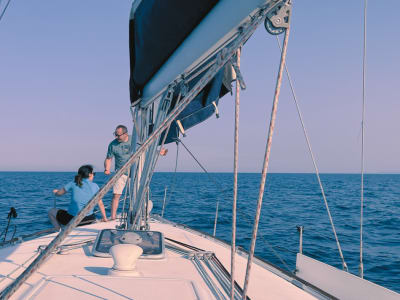
Sunset Boat Tour from Catania with Sicilian Aperitif
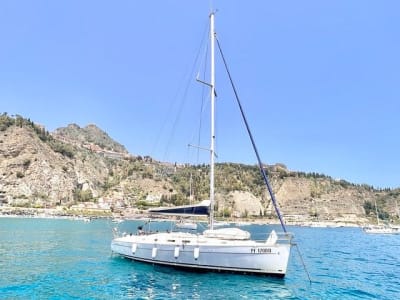
Morning Boat Tour from Catania with Sicilian Brunch
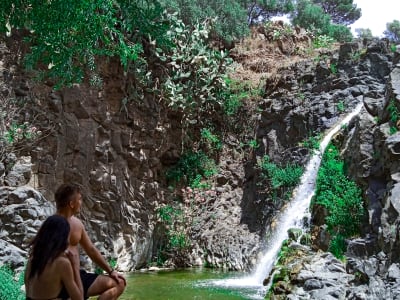
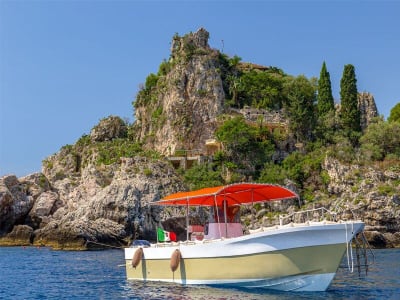
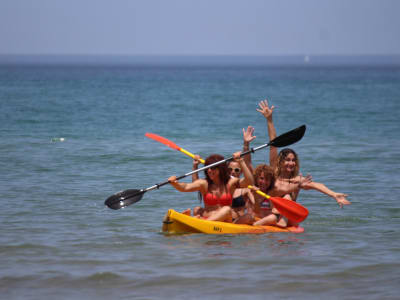
Sea Kayaking or SUP Excursion in Catania, Sicily
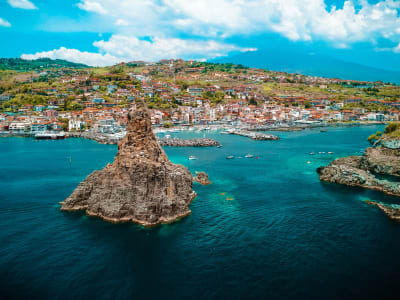
Boat Tour to the Cyclopean Isles from Aci Castello, Sicily
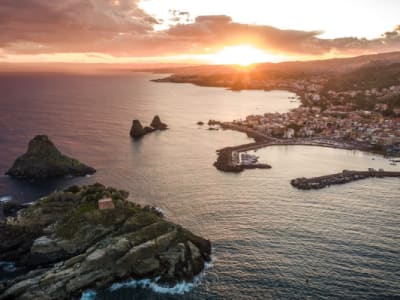
Sunset Boat Tour and Dinner to the Cyclopean Isles from Aci Castello, Sicily
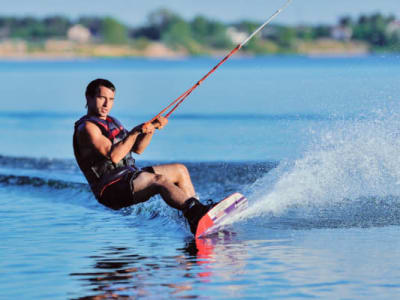
Wakeboarding Lesson in Letojanni near Taormina, Sicily
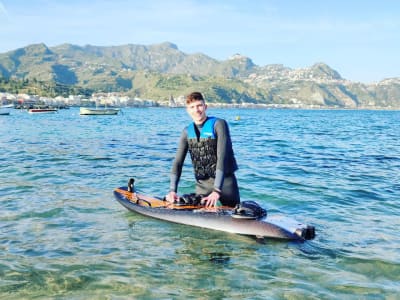

Scuba Diving Experience in Aci Castello near Catania, Sicily

Snorkelling Tour at Cyclopean Isles in Aci Castello near Catania, Sicily

Guided tour of Catania about the volcanic history of Mount Etna

Sunset Boat Tour from Catania with Sicilian Aperitif

Morning Boat Tour from Catania with Sicilian Brunch

River Trekking to the Oxena waterfall near Catania

Boat Tour to Taormina from Giardini Naxos

Sea Kayaking or SUP Excursion in Catania, Sicily

Boat Tour to the Cyclopean Isles from Aci Castello, Sicily

Sunset Boat Tour and Dinner to the Cyclopean Isles from Aci Castello, Sicily

Wakeboarding Lesson in Letojanni near Taormina, Sicily

Jet Surfing Lesson in Letojanni near Taormina, Sicily
What are the activities to do in Mount Etna?
Located on the east coast of Sicily, between the cities of Messina and Catania, Mount Etna is the tallest active volcano in Europe. It is also the highest peak in Italy south of the Alps.
Mount Etna is one of the most active volcanoes in the world and is in an almost constant state of activity. The panoramas from Parco dell Etna (the national park) where the volcano is situated, are incomparable with anything you’ve ever experienced. You’ll get to see the stunning landscapes located around Mount Etna, almost giving you a privileged bird’s eye view of what the area has to offer.
The fertile volcanic soils support extensive agriculture, with vineyards and orchards spread across the lower slopes of the mountain, making it ideal for hiking and trekking excursions. Your guide will take you out to explore the hidden areas, only accessible on foot and will also share stories and anecdotes about the local culture and history.
The most popular route is via the road that leads to Sapienza Refuge ski area. It lies at the south of the crater at an elevation of 1910 metres. From the refuge, a cableway runs uphill to an elevation of 2500 metres, from where the crater area at 2920 metre is accessible. Discover Monti Silvestri Craters, two small yet impressive craters.
In June 2013, it was added to the list of UNESCO World Heritage Sites. Now all that’s left is for you to visit the volcano and explore the arid environment for yourself.
Our travel guides about Mount Etna
Customer feedback on Mount Etna
Average rating
5/5
- Excellent95.5%21
- Very good4.5%1
- Average0%0
- Poor0%0
- Terrible0%0
